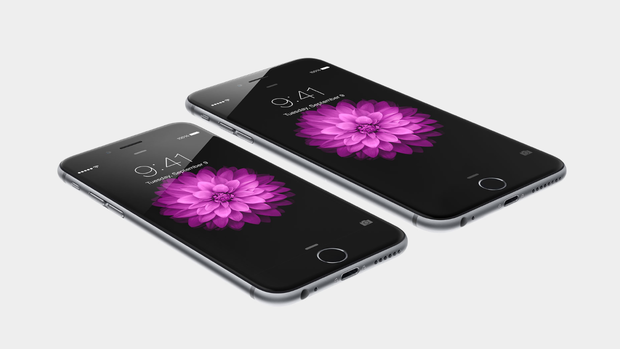iPhone Plus: "Bigger than bigger" includes profit
In playing catch-up with competitors and addressing consumer trends, Apple (AAPL) recently introduced its new iPhone 6 line with larger screens and a slogan, "Bigger than bigger."
Not only has Apple upsized the iPhone, but the company has packed in some expanded margins to the biggest version, the iPhone 6 Plus. According to analyst firm IHS Technology, consumers will pay $100 more to get the Plus. But the extra 0.8 inches of screen size cost Apple only an estimated $15.50.
In other words, the biggest model comes with the biggest opportunity for the company to make a profit because it offers an extra $84.50. The additional money is pure margin, or the money left from a product sale after accounting for the cost of making a unit, though without considering the expense of overhead, marketing, or product engineering and design. The higher the margin, the more money a company can potentially drop to its bottom line.
IHS compared the iPhone 6 with 16 gigabytes of memory at $200.10 for parts and manufacturing to the iPhone 6 Plus with the same amount of memory and a cost of $215.60. The additional $15.50 owes to the larger touch screen ($7.50), optical image stabilization included in the camera ($1.50), a larger battery ($1), the larger case ($5), and slightly higher manufacturing and assembly cost ($0.50). That makes the Plus just 7 percent more expensive to make than the regular iPhone.
But the price of the Plus is $749, versus $649 for the regular. The $100 difference represents a 15 percent premium for the larger version.
"Apple has always been adept at offering higher-end iPhone models with enhanced, desirable features -- and then pricing those versions for maximum profitability," said Andrew Rassweiler, IHS senior director of cost benchmarking services, in a statement. As he noted, Apple has used the availability of more memory in the past to create consumer perception of value that would support higher prices. The large screen size, which the company had internally admitted was something that consumers wanted, serves the same function.
The step is likely a way to help address two problems. One is the drop in unit iPhone prices and overall corporate margins that Apple has faced for years. The iPhone is the driving force for the company's financial performance. But over time the average selling price has steadily fallen, possibly in part because people have gravitated to less expensive versions.
Another possible reason for the falling prices and margins is competition. Google (GOOG) Android, in particular, has a wide lead in market share. By having other products that many consumers will buy, retailers and carriers have the leverage to demand better pricing from Apple, or at least to back away from additional subsidies that the iPhone once commanded.
Because many people receive subsidized phones from carriers, they don't see the full cost of the handset, even if they eventually do pay it over time in higher monthly service charges.
